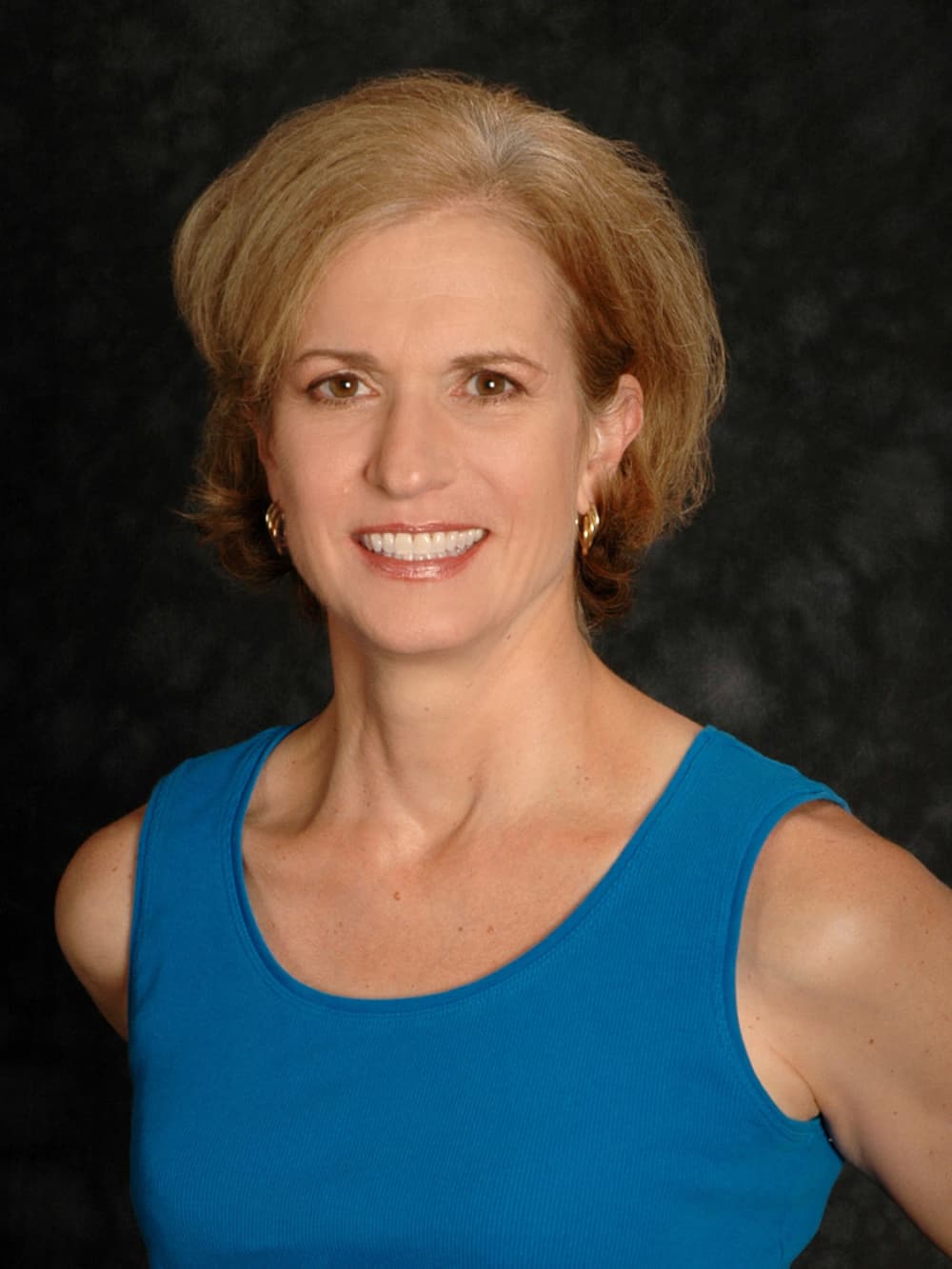With a Ph.D. in finance and as a professor at Michigan State University, the University of Oregon and the University of South Carolina, Mary Bange had lived a life immersed in academia. After her husband was transferred to Houston five years ago, however, she decided it was time for a career change.
After joining him here, Bange shifted her focus towards her first love — fitness — and began working towards her certification as a personal trainer and pilates instructor.
At the same time, a new movement was gaining speed in the pilates world: The Pink Ribbon Program.
It was created by Doreen Puglisi, a New Jersey pilates instructor and exercise physiologist, who hoped to build a successful rehabilitation program for women who had recently undergone breast cancer surgery by using pilates methods. The program was put to the ultimate test when Puglisi was diagnosed with breast cancer and used the program to aid in her own rehabilitation. Through this, Puglisi was able to tweak the program based on her own experiences to make it more effective.
After losing her mother to a breast cancer, witnessing first-hand her struggles to regain movement, Bange felt a strong personal connection to the program. Like Puglisi, Bange was disheartened by the fact that most women are discharged from hospitals with barely even a mention of physical rehabilitation. With no guidance, they often find themselves in discouraging situations, feeling overwhelmed and losing confidence when attempting to navigate the post-operative exercise world.
Bange began working with individuals after receiving her pilates certification in 2006, but was only recently approached about the possibility of teaching Pink Ribbon methods in a class setting. After a chain of events led her to Memorial Hermann Memorial City's Bobetta Lindig Breast Center during its May opening, Bange reached an agreement with the hospital to offer the six-week class to patients for the first time.
The hospital has provided every necessary material for the program, from exercise mats to the illustrated Pink Ribbon Program manual, so that women may participate free of charge.
Teaching the class is deeply rewarding for Bange. The program is split into four phases of increasing physical difficulty, and when Bange works with individuals, she is able to begin the program at the appropriate phase for their strength. However, in the class setting, all participants must start at phase one. The unlevel playing field may be frustrating for some, but Bange ensures that each participant is given a high level of individual attention. The women are encouraged to adjust the exercises to their own abilities and range of motion.
The once-weekly class begins with simple, standing warmup exercises. The women then move to exercises seated in chairs, focusing on the core muscles of the body. It is clear from early on that some of the five women in the class have significantly more arm and torso movement than others. If you pay enough attention, you can even identify which sides of their bodies have been affected by treatment. Despite their differences, though, there is no competition among the women, as each clearly focuses on her own progress and ability.
Bange plays the role of coach and cheerleader throughout the session, correcting movements when necessary and offering encouragement. At one point, Bange even references the 1984 film, The Karate Kid, to illustrate a point she is trying to make. "Eyes, always eyes," she says, correcting those who accidentally twist their heads to the side when only the eyes should move.
The exercises get increasingly strenuous as the session goes on, and Bange explains to her class how they build on one another. She demonstrates how one exercise, done while standing with the back to a wall, is really just the standing version of an exercise done laying on the mat for extra arm support. While flashes of frustration occasionally come across the women's faces, they seem at ease with the fact that, at this point in time, their bodies can only do so much.
At the end of a calm and quiet 45 minutes, the women scurry on their own way, eager to cook dinner for their families and return to everyday life. The class clearly gives them time, for once, to think only of themselves and their own needs. The camaraderie is evident as participants use each other as a support group. The only thing more daunting than entering the overwhelming world of post-operation exercise is going at it alone.
The physical benefits of the program are its main selling point, but not the only one. The program not only helps women regain muscular strength lost in the weeks following their operation but also provides an emotional boost. Bange believes the program gives women a feeling of control over their bodies and situations, which has been fleeting throughout treatment. The women also gain the confidence to hit the gym and begin normal exercise — something that seemed nearly impossible immediately following surgery.
The program has a wide network of trainers, including several in Houston, but Bange's program is currently believed to be the only organized class in the area. One of her primary goals for the future is to make the program more accessible to breast cancer survivors; she is exploring other partnerships as a means to bring the Pink Ribbon classes to the community.
The patients are not the only ones who benefit from the program. "It's very rewarding to use pilates to help people recover from surgery," Bange said. "I make a difference when I work with them."




